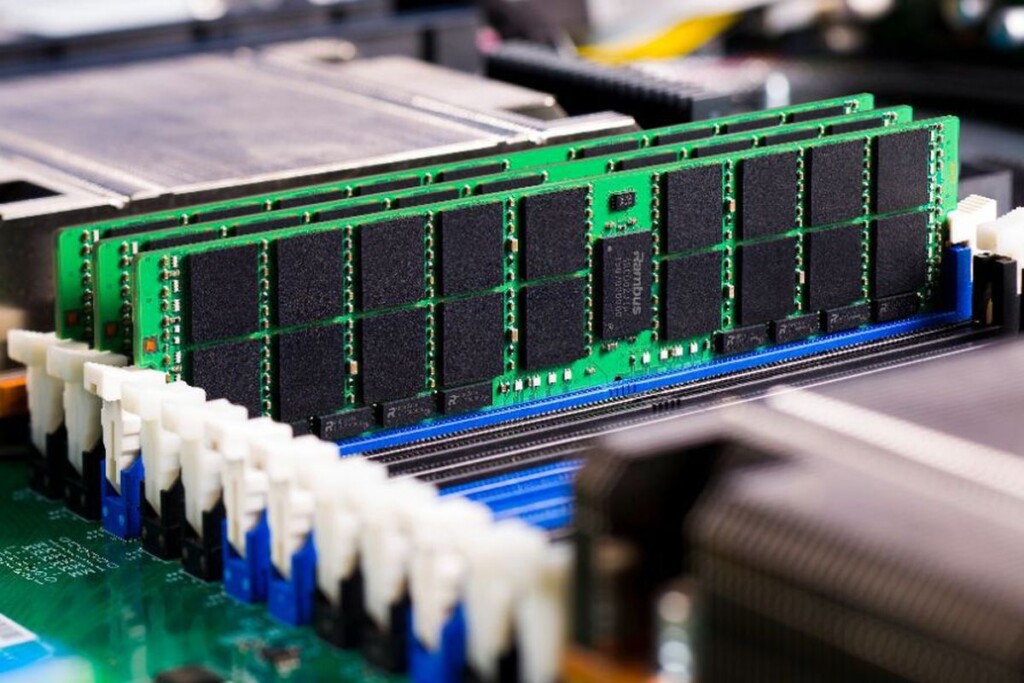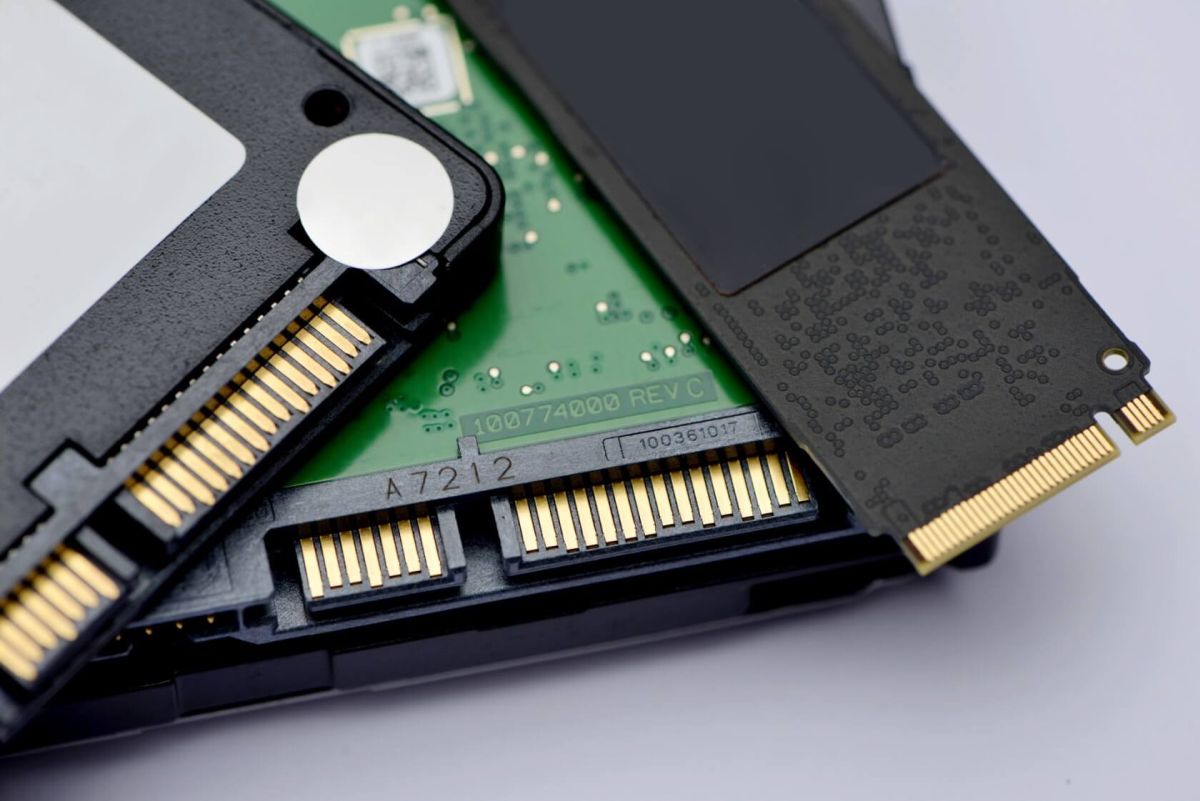With storage mediums slowly shifting from spinning magnetic discs to solid state flash memory, you’d think that the line between SSDs and RAM would be blurred sooner or later. They haven’t because despite the very similar hardware, they do quite different things, and in equally different ways. But researchers at the Physics and Engineering Department of Lancaster University have come up with something that would finally bridge the two. And it’s called UltraRAM.
To understand the benefits of this, we must first understand the difference between RAM and, say, a fast SSD. The former is usually faster still, but also needs a constant energy supply to work. On the other hand, the latter can keep data stored on it without electricity supply. What UltraRAM proposes to do is to be a single piece of hardware with the speed of your PC’s RAM, but with the ability to store data without power for “in excess of 1000 years”.

The idea behind UltraRAM is certainly more appealing now than ever before, what with the silicon shortage. Making it possible to have, for example, a piece of 1TB memory that can serve as both storage and RAM means buying one piece of hardware instead of anywhere between two and five.
Of course, this all depends on what happens between the current research phase of UltraRAM now and the mass production and sale later, if it comes to that. If it’s too expensive to make and buy, then all of its benefits will be inaccessible, rendering all its benefits moot. But for what it’s worth, the researchers are working on improving the quality and fine-tuning the fabrication process. You can read the research itself which is linked below.
(Source: Wiley Online Library via Tom’s Hardware)
Follow us on Instagram, Facebook, Twitter or Telegram for more updates and breaking news.



